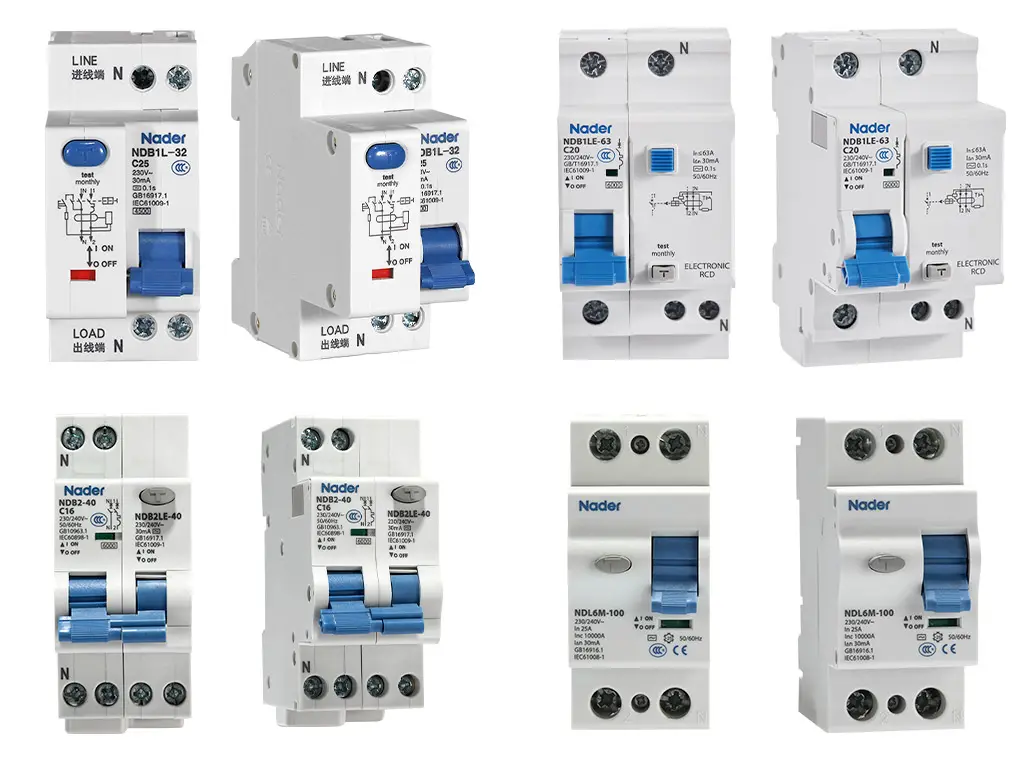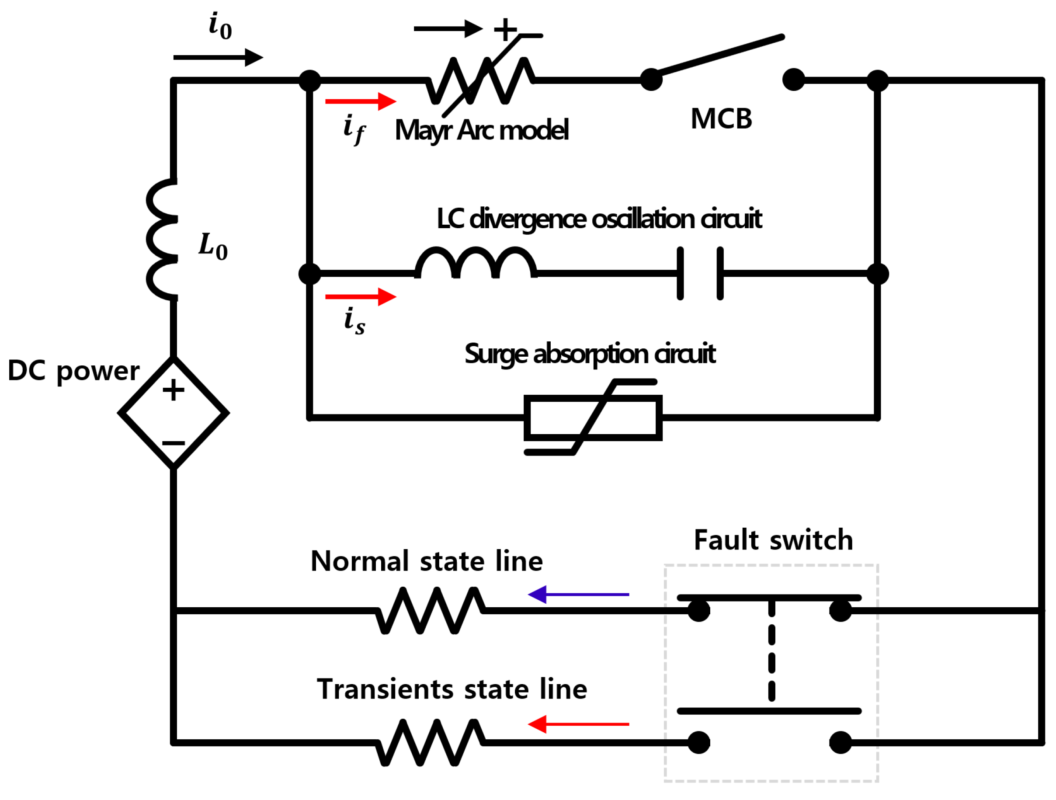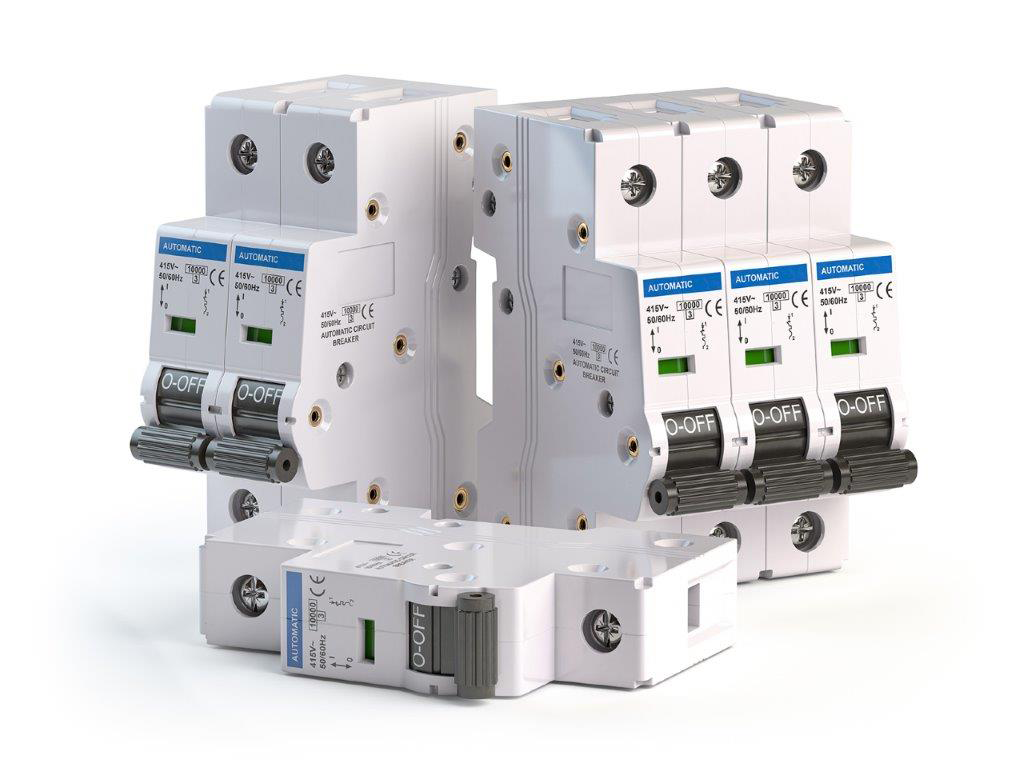We will explore the differences between DC breakers and AC breakers to gain a better understanding of their functionalities and applications. Electrical systems rely on breakers to protect circuits from overloads and potential hazards. Breakers are crucial components that interrupt the flow of electricity when certain conditions are met. When it comes to differentiating between DC (direct current) breakers and AC (alternating current) breakers, it is essential to understand their unique characteristics and applications.
DC Breakers:
DC breakers are specifically design to handle direct current. Which flows in a single direction without any alternating polarity. DC power sources commonly found in applications such as solar panels, batteries and some electronic devices. Here are some key characteristics of DC breakers:
- Polarity: DC breakers are polarity-sensitive, meaning they can only handle current flow in one direction. Reversing the polarity can damage the breaker or cause it to fail in interrupting the circuit.
- Arc Interruption: DC breakers need to be capable of interrupting the arc that forms between the contacts when the circuit is interrupted. This is due to the fact that DC arcs are more persistent than AC arcs, making it more challenging to extinguish them.
- Voltage Ratings: DC breakers typically have lower voltage ratings compared to AC breakers. They are design to handle lower voltage levels commonly associated with DC applications.
- Trip Characteristics: DC breakers may have different trip characteristics compare to AC breakers. They are design to respond to specific DC fault conditions. Such as overcurrent, overvoltage or short circuits and protect the circuit accordingly.
AC Breakers:
On the other hand, AC breakers are design to handle alternating current, which changes direction periodically. AC power is what is commonly supply by utility companies and use in residential, commercial and industrial applications. Here are some key characteristics of AC breakers:
- Polarity Insensitivity: AC breakers are polarity-insensitive since the current changes direction periodically. Therefore, they can handle current flow in both directions without any issues.
- Arc Interruption: AC breakers are designed to extinguish the arc that forms between the contacts when the circuit is interrupted. AC arcs tend to extinguish naturally during the zero-crossing point of the alternating current waveform, making it easier to interrupt them.
- Voltage Ratings: AC breakers generally have higher voltage ratings compared to DC breakers. This is due to the higher voltage levels associated with AC power distribution systems.
- Trip Characteristics: AC breakers have specific trip characteristics tailored to protect against common AC faults, such as overcurrents, short circuits, and ground faults. They are design to respond to AC-specific fault conditions effectively.
Application Differences:
The choice between DC breakers and AC breakers depends on the specific application and electrical system requirements. Here are some application differences between the two:
DC Breakers: DC breakers find applications in systems such as solar power generation, battery banks, electric vehicles, and telecommunications. These systems typically require lower voltage ratings and have specific DC fault characteristics that need to address.
AC Breakers: AC breakers are extensively used in residential, commercial, and industrial settings. They protect electrical circuits from overloads and short circuits, ensuring the safety of the system and its users. AC breakers are suitable for higher voltage applications found in power distribution systems.
Which Type of Breakers are Use in Homes?
In homes, AC (alternating current) breakers are use to protect the electrical circuits from overloads and short circuits. AC breakers are design to handle the higher voltage levels associated with AC power distribution systems. And have specific trip characteristics tailor to protect against common AC faults. In residential settings, AC breakers are commonly use in the main electrical panel. Where they act as the first line of defense against electrical hazards. These breakers are responsible for protecting the home’s electrical wiring, appliances and devices from potential damage or fire caused by electrical faults.
AC breakers come in different types, such as single-pole breakers, double-pole breakers and ground-fault circuit interrupters (GFCIs) and are use for various applications. Single-pole breakers are use for lower power circuits, such as lighting and small appliances. While double-pole breakers are use for higher power circuits, such as electric stoves, dryers and air conditioning units. On the other hand, GFCIs are use to protect against electrical shock and are commonly install in areas where there is a risk of electrical contact with water, such as bathrooms, kitchens and outdoor areas.
In summary, AC breakers are the primary type of breakers used in homes due to their ability to handle AC power, specific trip characteristics, and higher voltage ratings. These breakers play a crucial role in ensuring the safety of the electrical system and its users by protecting against electrical faults and hazards.
Conclusion:
In summary, the primary difference between DC breakers and AC breakers lies in their polarity sensitivity, arc interruption capabilities, voltage ratings, and trip characteristics. DC breakers are design for handling direct current and protecting specific DC applications. While AC breakers are tailor for alternating current systems.




